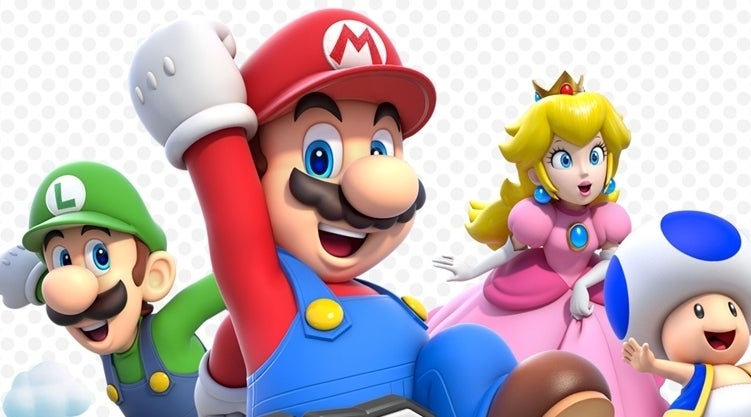First released back in 2013 on Wii U, one of the ill-fated platform’s greatest games has transitioned across gracefully to Nintendo Switch. Offering a perfect mix of 2D and 3D Mario design concepts, Super Mario 3D World gets a new lease of life on the console hybrid, not least because of the inclusion of an all-new game – Bowser’s Fury. Here, we see Nintendo try out some new, unexpected ideas that feel remarkably fresh – and it’s impressive enough to stand alone as its own game.
I’ll always have a place in my heart for Super Mario 3D World: it mixes full 3D movement and exploration with a more linear stage design. The player has limited camera control and progression is very much rooted in old school design, but it still like a 3D Mario game. Even the world map, clearly inspired by the style of design introduced in Super Mario Bros 3, takes on a new twist with free movement. It’s a classic game, but Nintendo hasn’t been afraid to makes tweaks and changes to improve the experience. Specifically, movement speed is boosted significantly, resulting in a faster playing game all around. Touchscreen mechanics are also tweaked – a core feature on Wii U simply wouldn’t work outside of portable mode on Switch, so Nintendo has added cursor control using the built-in gyroscope to allow you to manipulate the environment in the relevant stages. I can say it works well enough given the constraints, but I do prefer using touch for these specific stages.
Technologically, the game is essentially identical to its Wii U outing, with identical assets, bolstered only by a mild boost to resolution. The Switch game uses dynamic resolution scaling with an apparent 720p to 1080p window, up against the straight 720p of the Wii U original. Portable mode maps to the native resolution of the screen, so it’s native 720p. With that said though, I do think Nintendo has introduced some form of interlace style image reconstruction – a curious flicker presents that simply isn’t there on the Wii U version. This odd flicker isn’t really distracting, but it is certainly unexpected and suggests that just running the game at a higher native resolution might have been off the table. Regardless, the presentation is sharper overall. It should be noted that Nintendo deployed something similar with Super Mario Odyssey when played in portable mode – but it was vertically orientated. Performance? It’s locked in both docked and portable modes at 60fps.
So far, so good. Aside from the resolution quirks, this is pretty much the Wii U game translated successfully to Switch, but Bowser’s Fury is a radical departure from the template set by 3D World. It is, effectively, a model for a potential new style of 3D Mario game. Rather than breaking play up into stages or areas, Bowser’s Fury presents the player with a series of islands and structures. Bowser’s Fury presents a theory on what a 3D Mario game might look like if all of the stages were included within a shared map, so rather than jumping through a painting or flying to another planet, the levels are accessed seamlessly.
